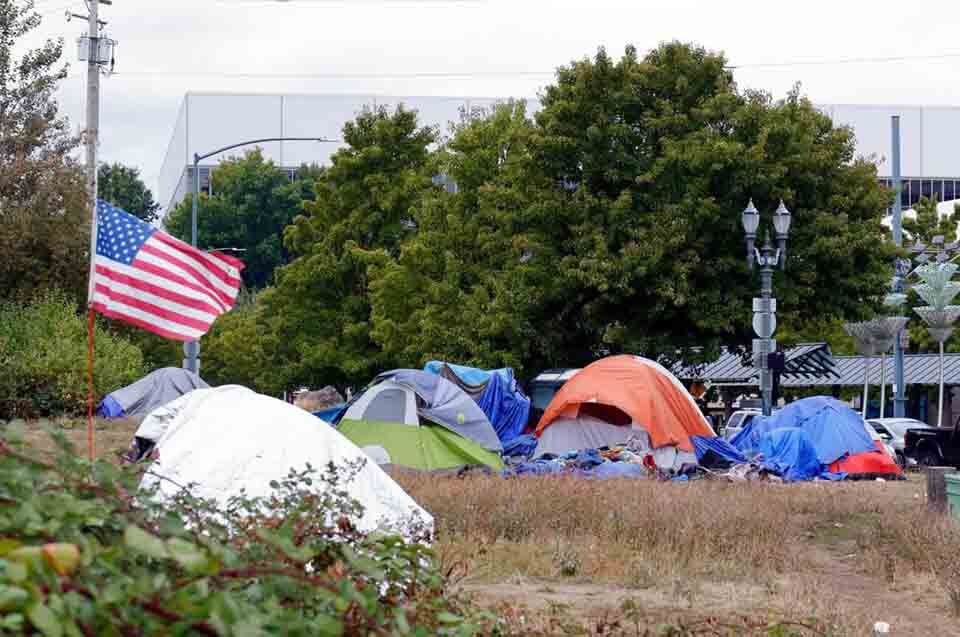Ashland’s Long-term Plan To Address Homelessness Invites Survey Participants

ASHLAND, Ore. — With many Ashland residents being just one paycheck away from the streets, the city announced on Tuesday that it is seeking participation from its citizens in a renewed effort to serve the people experiencing homelessness and address their needs.
The city is in the process of creating a long-term master plan with input from community members through a survey that asks residents about their experience with homelessness and their opinions on the most effective solution. At the same time, state lawmakers are seeking to address housing shortages through legislation.
See also: Oregon’s Legislators Collaborate To Progress Housing, Drug Policy, Campaign Finance Bills
Ashland’s Homeless Population Affected By Affordable Housing Shortage
Oregon’s statewide homeless and housing situation includes Ashland. State lawmakers passed a housing package to build affordable homes and operate shelter services, allocating $369 million.
The City of Ashland’s 2021—2041 Housing Capacity Analysis indicates that 45% of households in Ashland are cost-burdened, spending more than 30% of their income on rent and utilities. Households with extremely low and low-income households have unmet needs as do households with low- and middle-income who may struggle to afford Ashland’s median home sales price of $434,400.
The Almeda Fire of 2020 also destroyed over 2,500 dwelling units between Ashland and Medford, worsening the housing shortage. Oregon’s Climbing Unemployment Rate is also a contributor to the homelessness crisis.
Ashland resident, Angelo Ray Short, has been homeless on and off for 15 years. He said that while he’s experienced harsh treatment from city officials and community members in the past, he does think that the culture is coming around to support him and his peers. He said, “Ashland doesn’t like what the bad apples do.”
Short isn’t sure whether it’s the people or certain situations that changed outlooks, as some are realizing that they could be just one paycheck away from the streets, and they don’t want to be there. There are limited options and opportunities for Housing, Resources, and Assistance (OHRA) operates a low-barrier shelter on 2350 Ashland St where adults experiencing homelessness can apply to live for six months.
Ashland Housing Needs Master Plan
The Housing Capacity Analysis published in April 2021 estimates that Ashland’s Urban Growth Boundary (UGB) will grow to 23,627 people in 2041, up 1,691 from the 2021 number of 21,936 persons. In the same period, the city will see a demand for 858 new dwelling units over the next 20 years, 35% of which will be single-family detached housing. The report says that Ashland can accommodate this growth and there will be a surplus remaining, but development is still needed.
The report indicates that the development of a wider range of housing types in more locations to meet the need for affordable housing will have to be addressed in the City’s zoning code.
The Envision Ashland Comprehensive Plan has an interactive website where updated information can be found and Ashland residents can give their input by participating in the survey.
